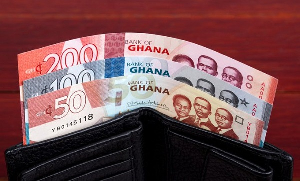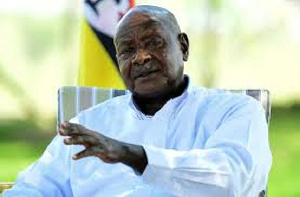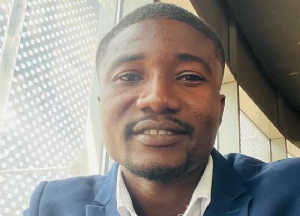Correspondence from Bono East Region
More than twenty communities in the Kintampo Municipality of the Bono East Region are without stable mobile connectivity.
Mobile connectivity is either non-existent or unreliable, making it difficult for residents in those communities to stay connected with the outside world, run businesses, or access important information.
Although the Ghana Investment Fund for Electronic Communications (GIFEC) has extended mobile connectivity under the rural telephony programmme in the Municipality, some of the sites are not working effectively and have failed to achieve the intended purpose.
Communities including Ahanekom, Dabaa, Adomano, Miawani, Kobeda, Badu Akura, Ntraban, Tefoboi, Techira, Bewele, Kawampe, Korawura Akura, Kadelso, Abodwese, and Kaakaa all have a network challenge.
The Member of Parliament for the Kintampo North Constituency, Joseph Kwame Kumah, indicated that the network challenge is having a negative toll on the economic activities of the people.
He underscored the importance of communication as a tool for business, education, and health but limited access to modern communication technology in Kintampo North highlights the digital divide that still exists in many rural areas of Ghana and wants the government to intervene.
“Communication has become a tool for even businesses and there are schools that need internet connectivity for teachers to research to effectively teach students but in some communities, there is no mobile connectivity at all whilst in others, the signal is weak so the government should get the technical people here to rectify the situation”.
He emphasised the urgent need for investment in infrastructure to bridge this gap and improve connectivity for all in line with the Sustainable Development Goal (SDG) 9 which aims to significantly increase access to ICT and strive to provide universal and affordable access to the internet in the least developed countries.
“We are in the 21st century so there is the need to improve mobile connectivity by investing in infrastructure in the telecommunication industry to improve access and connectivity for all for the attainment of SDG 9”.
Speaking on how the mobile connectivity challenge is affecting them, a resident of Ahanekom, Kofi Opoku, disclosed that mobile connectivity is a major headache to them and they have grown increasingly frustrated with the lack of action from mobile service providers and the government.
"We have been complaining about this issue for a long time, but nothing has been done. We are living in the 21st century, and yet we are cut off from the rest of the world."
Bomfeh Sidawa detailed the frustrations residents go through to make calls and appealed to the government to ensure that mobile connectivity is extended to the community.
“I am from this Ahanekom and I can testify to the frustrations we go through to make calls to our loved ones and during emergencies so we are appealing to the government to come to our aid."
Regional News of Wednesday, 22 February 2023
Source: www.ghanaweb.com
Over 20 communities in Kintampo North without mobile connectivity
Entertainment












